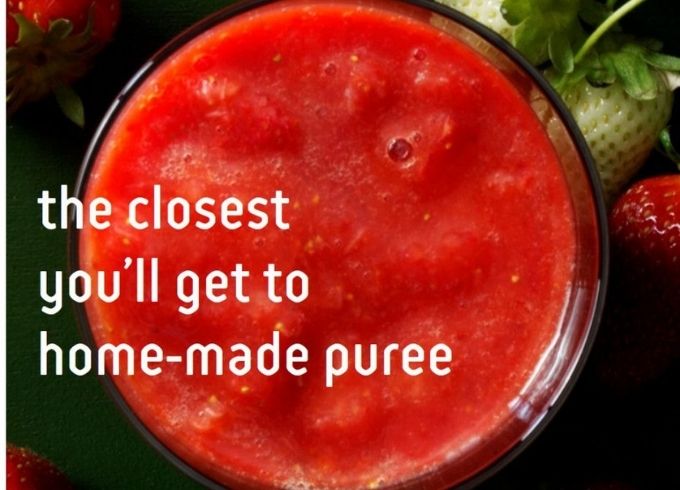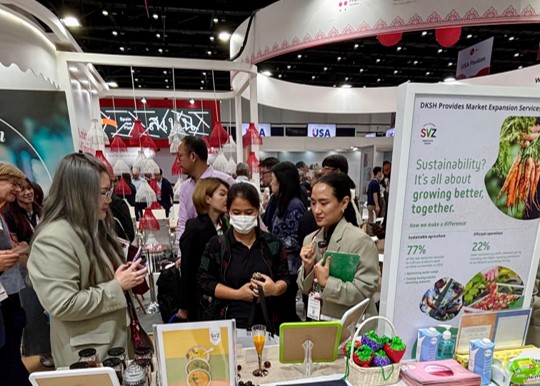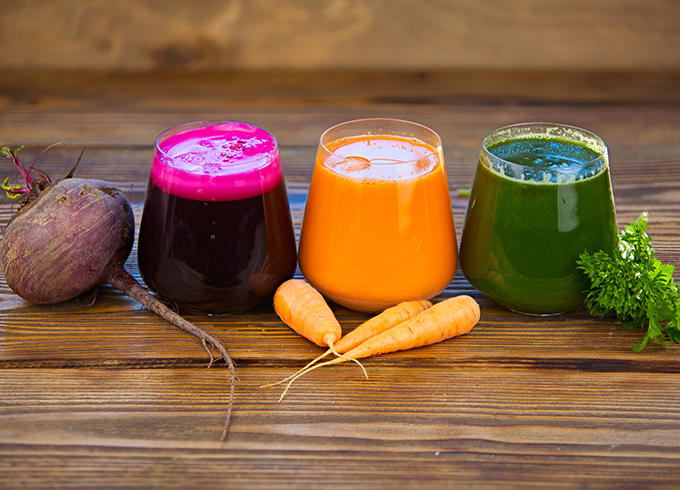Concentrated vs single-strength purees: When, why and how to use both to perfect your products

Concentrated or single-strength purees? It’s the age-old question on every food and beverage developer’s mind. Well, maybe that’s an exaggeration, but it is true that a lot of trial and error can go into finding the perfect puree consistency for a specific formulation. As expert suppliers of all types of flavourful and nutritious fruit and vegetable purees, we’re here to settle what could be the hottest debate of 2025 (in our minds anyway) and give manufacturers a handy guide to when single strength is superior, or when to count on concentrates.
Spot the difference
First, let’s establish some definitions:
- Single-strength purees are the product of pureeing raw fruits or vegetables until they transform into a soft, semi-liquid puree. In this context, the term ‘single-strength’ refers to purees that maintain the same edible solid content (Brix level) as the fresh fruit or vegetable. They can be sieved smooth, thick, or coarse according to specific formulation requirements.
- Puree concentrates are created by extracting water content from single-strength purees, intensifying its flavour and colour while reducing overall volume.
Because they start with the same nutritious fruits and vegetables, both product types can lend products a dose of natural goodness and help keep labels free-from artificial ingredients. The main difference between these two puree types therefore is water content, and as a result, the quantity required to achieve a similar effect. This in mind, where do each of these fruit and vegetable ingredients shine the brightest?
Single-strength purees: Quantity, quality and balance
Beginning with the classic, single-strength purees are the great all-round solution for natural sensory appeal and – crucially – clean label healthy ingredients. In beverages, smoothies, soups and other liquid applications, these ingredients provide body, colour and depth-of-flavour, while coarser varieties can also add a rustic texture with visible pieces of fruit or vegetable. Their higher water content and close-to-nature feel make them an ideal option when balance and subtlety are key, such as in pre-mixed mocktails, premium ice cream, yogurts or baby’s first foods.
Puree concentrates: Efficiency, economy and impact
When a recipe calls for a hit of pure fruit and veggie power, puree concentrates are here to deliver. Their lower water content makes them a good option for a huge array of ‘drier’ foods, from wraps and snacks to indulgent sweet baked goods.. Puree concentrates also allow formulators to pack in the same intense organoleptic qualities consumers crave with smaller quantities of ingredients that are easier and less expensive to transport and store – so less is literally more.
At the end of the day, it’s all puree
Single-strength or concentrated, high-quality fruit and vegetable purees are delicious, nutritious and ideal for a huge array of products – classic to trending. Both have their particular strengths (pun intended), but as long as food producers pay attention to sourcing, quality and puree consistency when selecting a supplier, they can’t go far wrong no matter what concentration they choose. So, who was the winner in the debate between single strength and concentrated purees? We think it’s formulators looking for naturally versatile ingredients and the consumers who get to enjoy the delicious final products.


